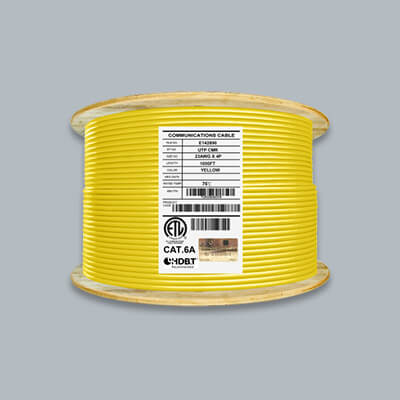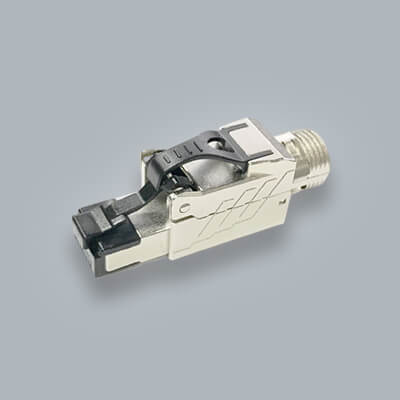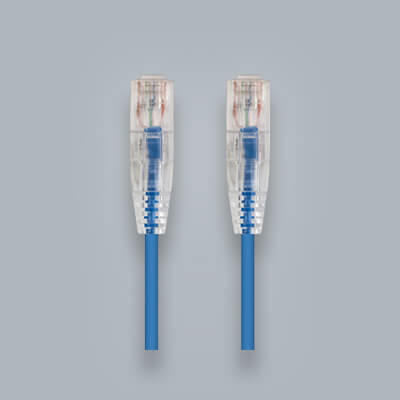The History of Twisted Pair Cable
The way in which cable has been created is ever changing. Different procedures and materials have evolved the cable into what we see today.
However, we look to our past inventions to bring you the wire structure and design to create these cables.
A common question we get is what does the twist in your cable do? Are twists in the cable important? Here is some information regarding the structure of bulk networking cable.
Twisted-pair cable was invented in 1881 by Alexander Graham Bell. It is the common application you see in most category cables.

All the way from Cat5e to Cat7, twisting of the cables pairs are used to increase cable performance.
A pair in the cable is created by twisting two wires around each other all the way down the length of the cable.
Cable lengths vary so it could be up to one thousand feet of cable that is twisted the whole length.

The reason for this was in response to its shown performance of eliminating crosstalk or interference that a cable could be prone to when installed in areas that consist of other cabling.
When electricity passes through a wire it creates an electric field around the wire and cable. With the increase of currents there will be a larger electric field.
During networking cable installations or telecommunication installs with miles of cable, you might be placing cables close to each other.
With the cables being close to each other they will most likely pick up noise from the other wires electric field and change its current patterns.
To solve this problem the twist was invented to eliminate the obstruction in cables performance.
Comment below on your thoughts of networking cable. Have some information or history on bulk cable? Feel free to share!





